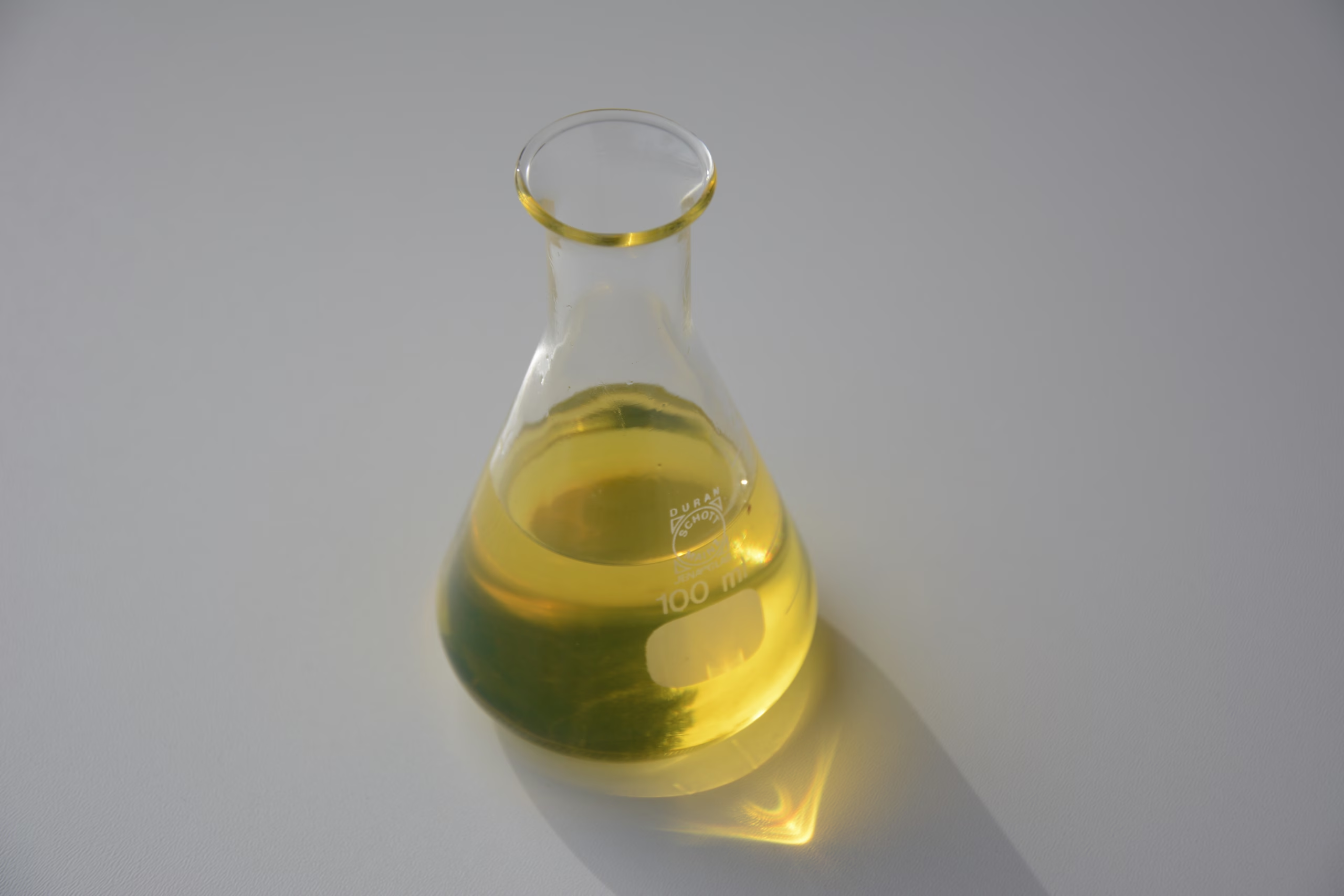Resource Conservation
Resource conservation is key to securing the future
Natural resources are limited: All geological resources are located in the Earth’s crust – but they are unevenly distributed, both at the surface and underground. Access to these raw materials is not equal everywhere, and as a result, their extraction is not always economically viable.

Carbon’s pivotal role
Our primary energy sources mainly consist of biogenic and fossil-based carbon compounds. These compounds not only provide us with heat and electricity – they also power machines and serve as essential input materials in plastic production. At the same time, carbon is a fundamental building block of life itself, playing a key role in the biosphere’s natural cycle.
Rising resource consumption
The advent of industrial processes has driven a sharp rise in resource use. As the global population increases and average wealth rises, energy demands are surpassing the Earth’s ecological limits. The use of carbon – both as an energy carrier and in the production of plastics – continues to grow at a significant pace.
Responsible use of resources and material loops
The era of unchecked resource consumption is over. Resource use is now governed by strict efficiency standards – driven by both sustainability and economic profitability. At the same time, circular systems are becoming established – systems in which secondary raw materials are recovered to replace natural geological resources.
Post-consumer plastics as a carbon-based resource
Producing polymers from crude oil or natural gas is a resource-intensive process. When plastic products made from these materials are incinerated at the end of their service life, the carbon they contain is released into the atmosphere as CO2, contributing to global warming. In this linear system, the production of new goods depends on a continuous supply of fossil-based resources. However, suitable recyclates can reduce the demand for virgin feedstocks, contributing to resource conservation.
The circular economy model
For every type of plastic waste, technical recycling processes exist that can – at least in principle – enable a closed carbon loop.
While it is not possible to fully recover all resources from post-consumer plastics – since the type and amount of energy used still require some new material input – it is widely acknowledged that all forms of recycling contribute directly to resource conservation.
